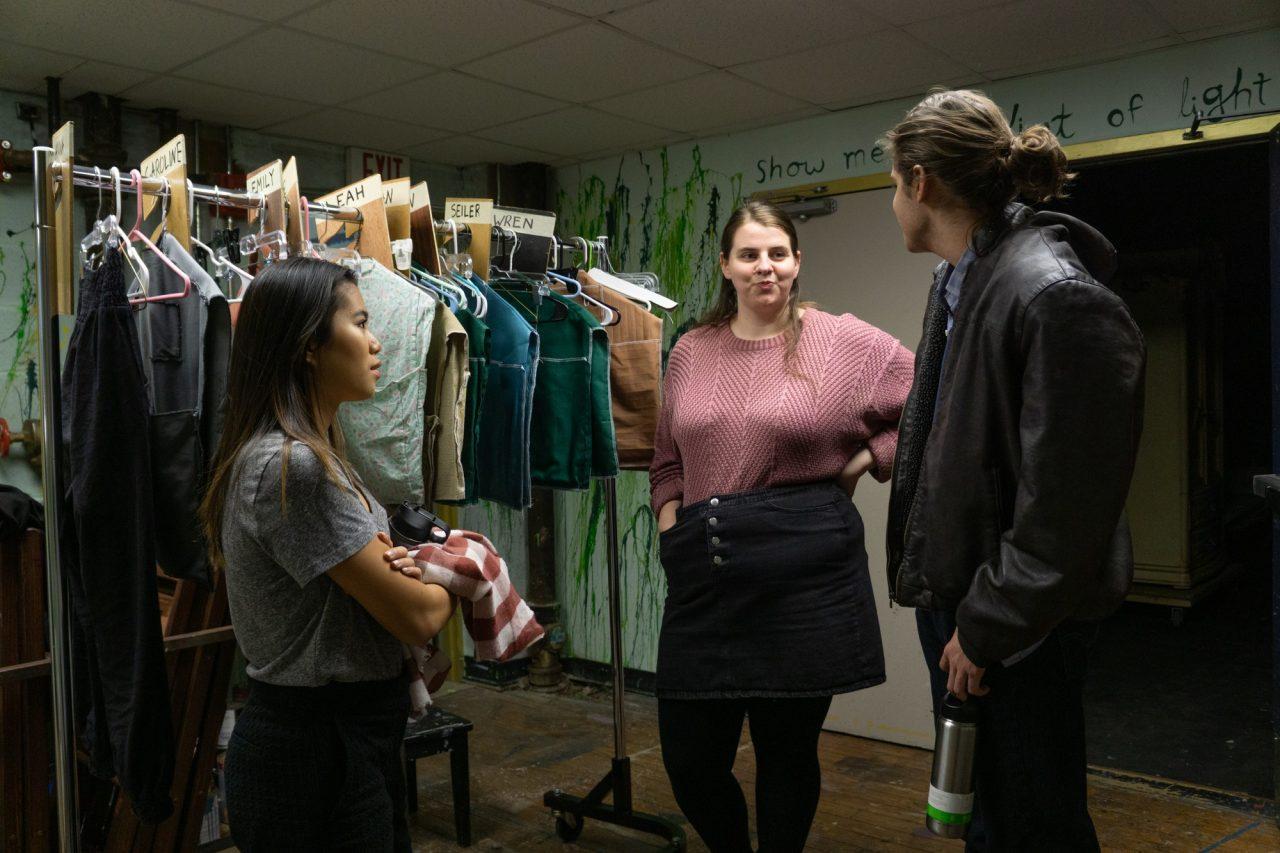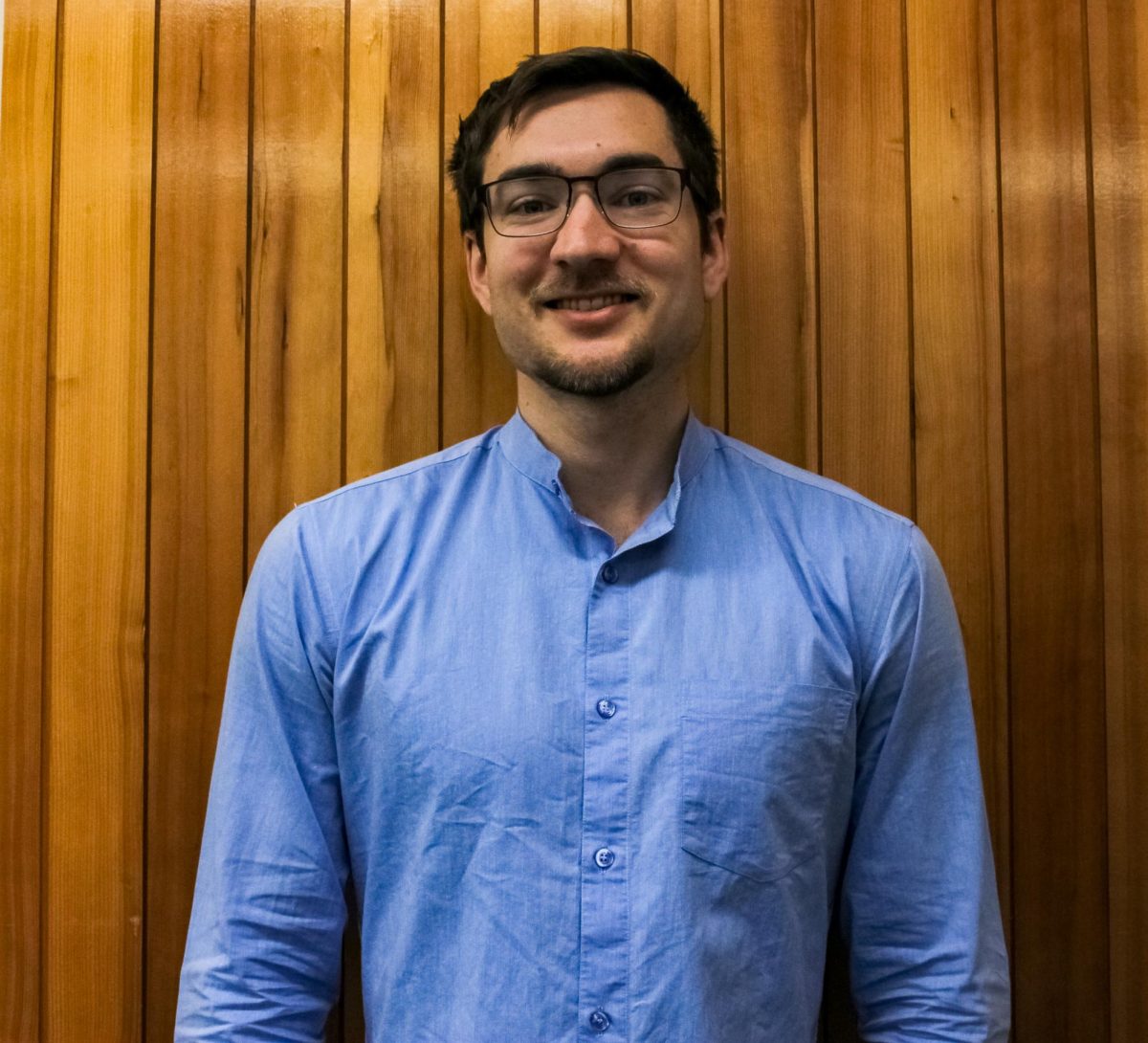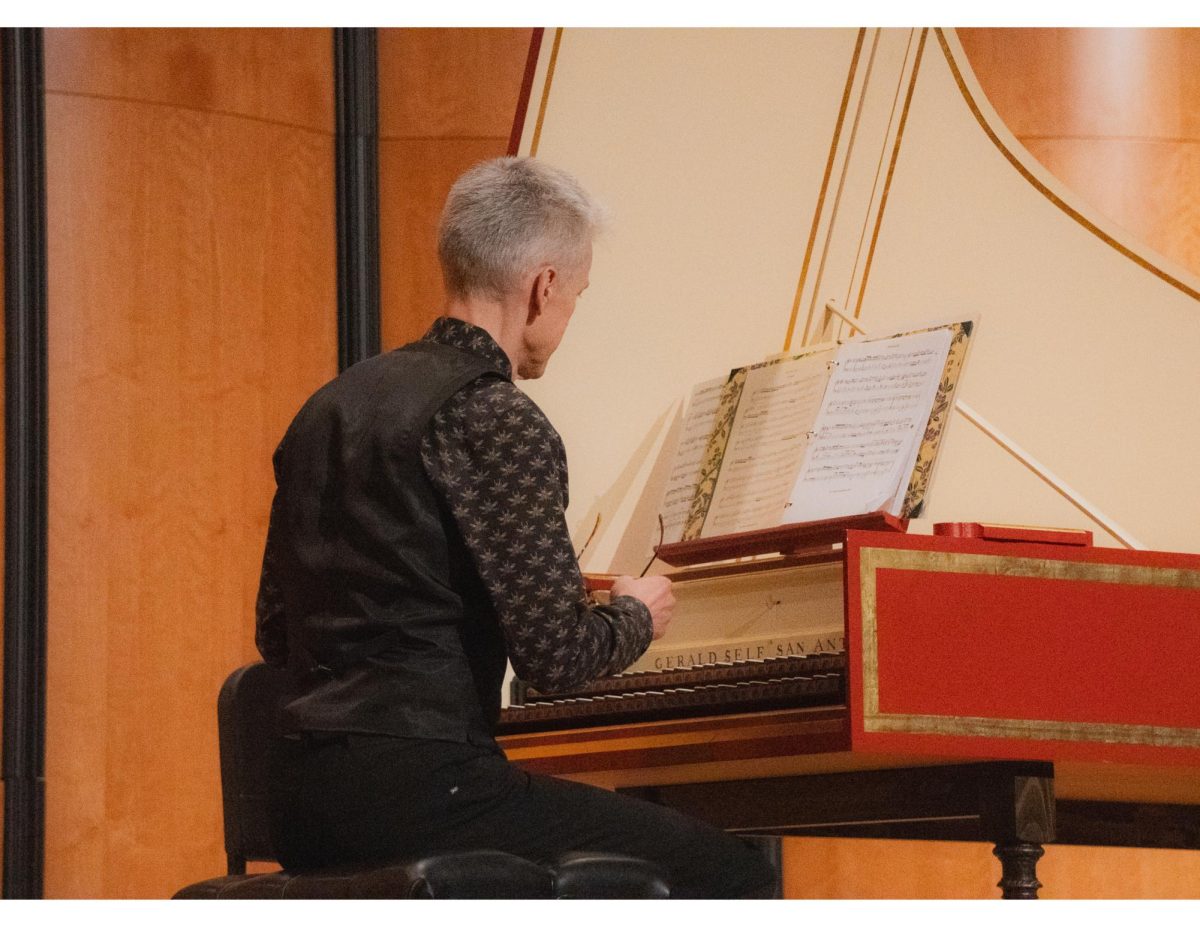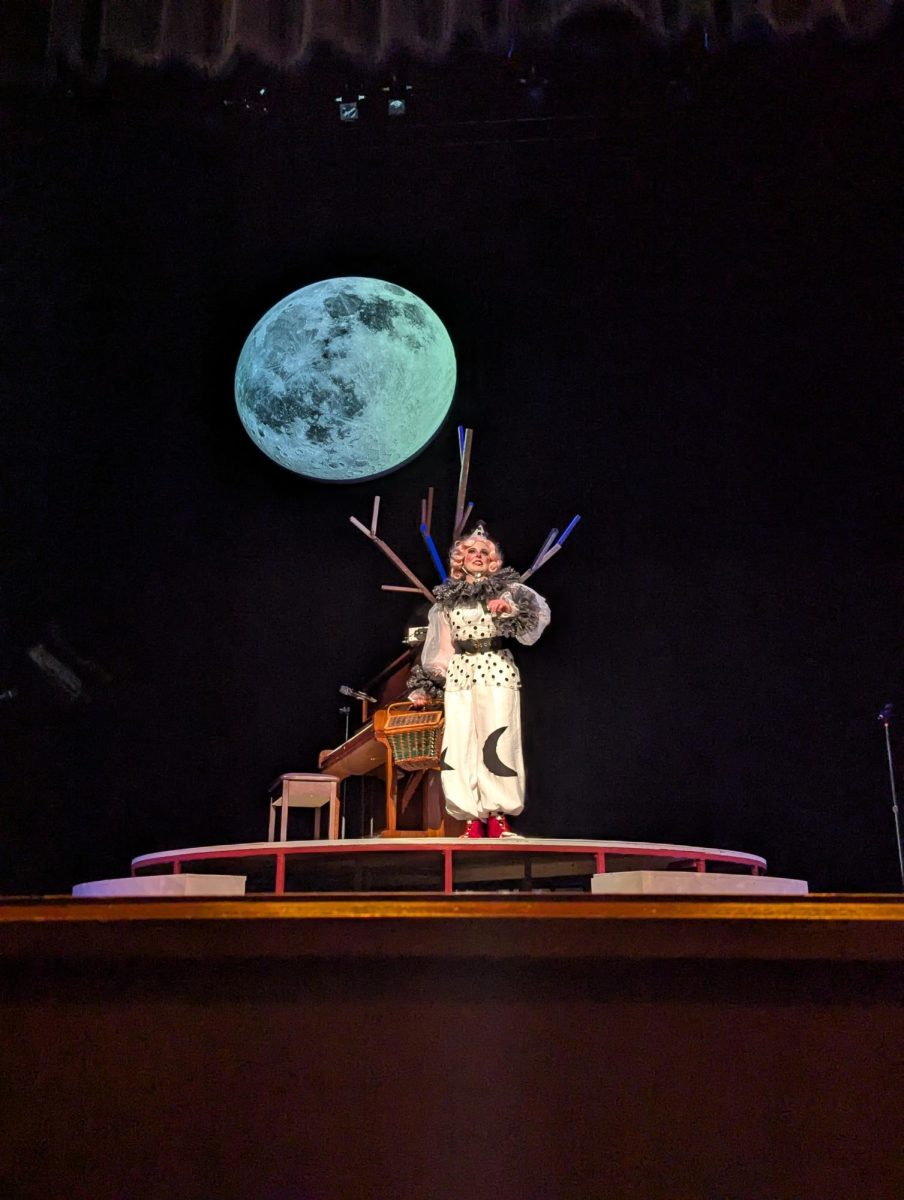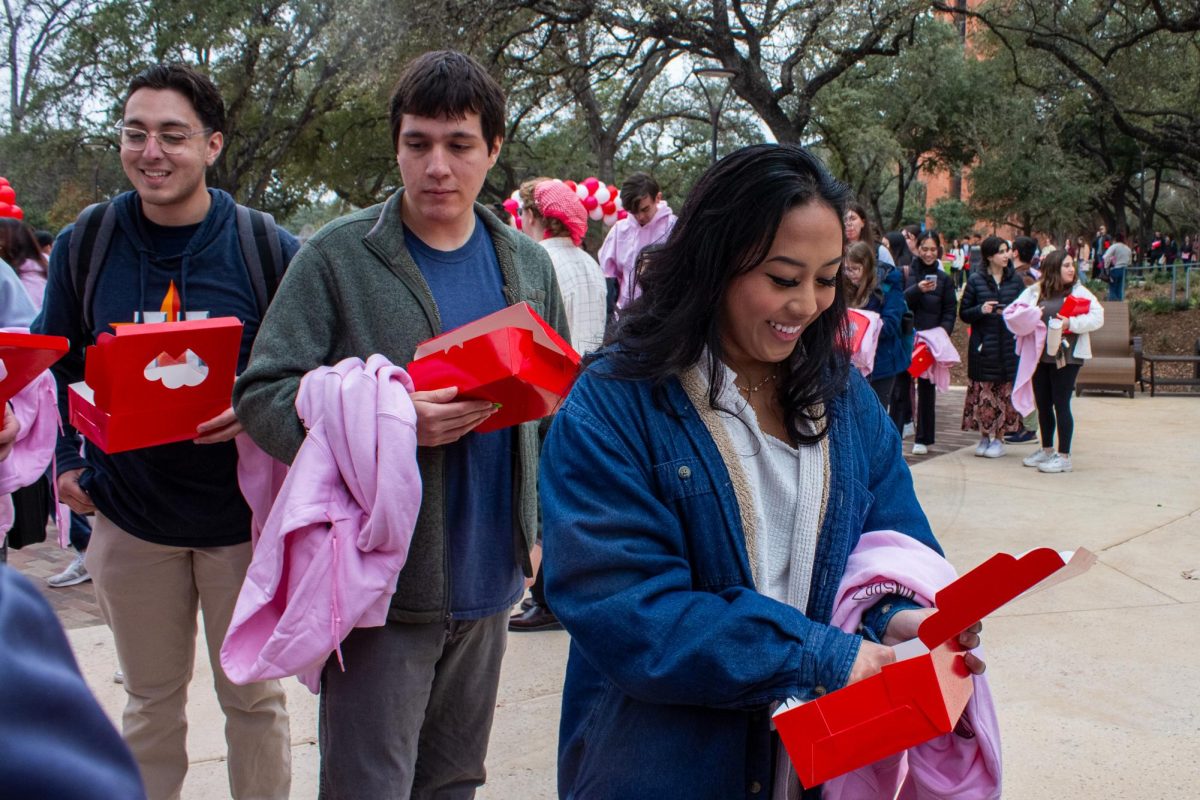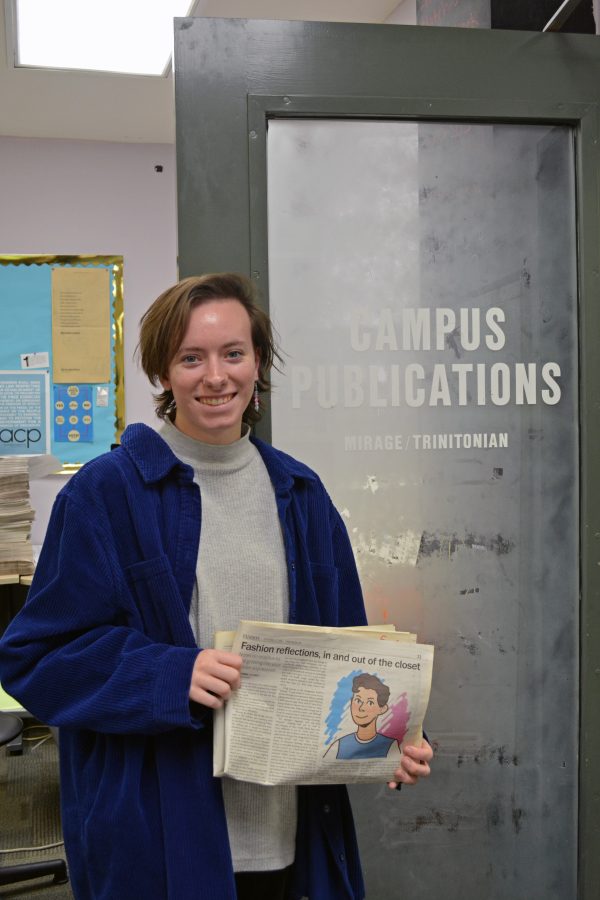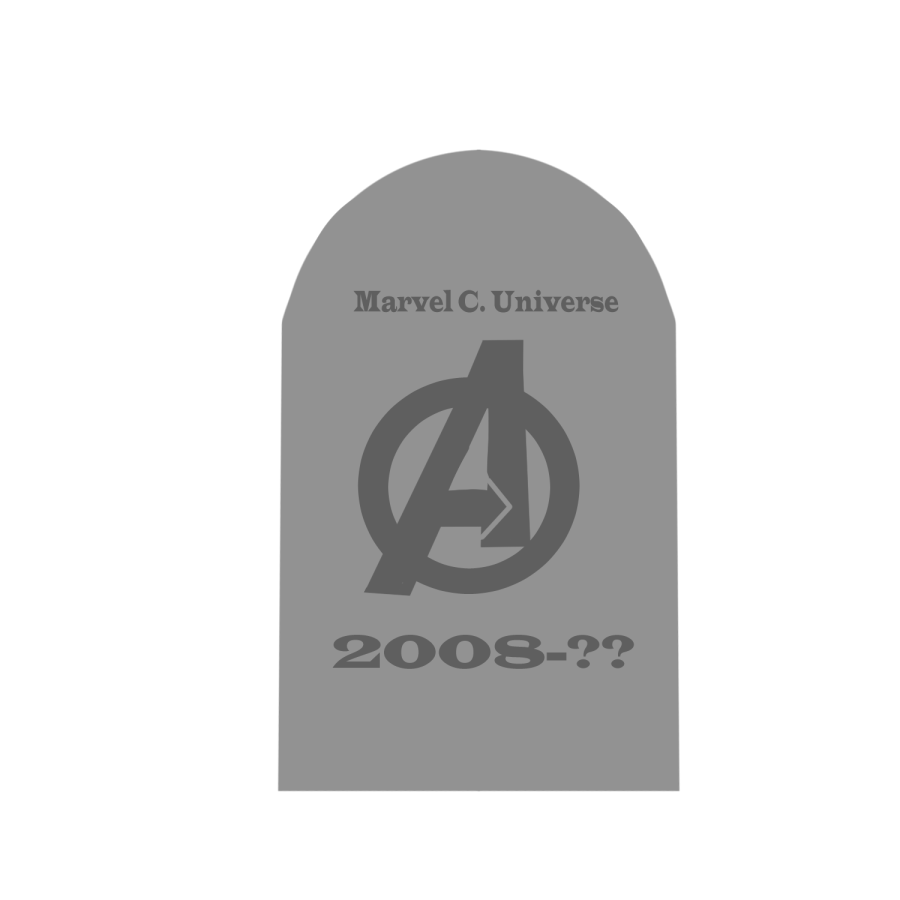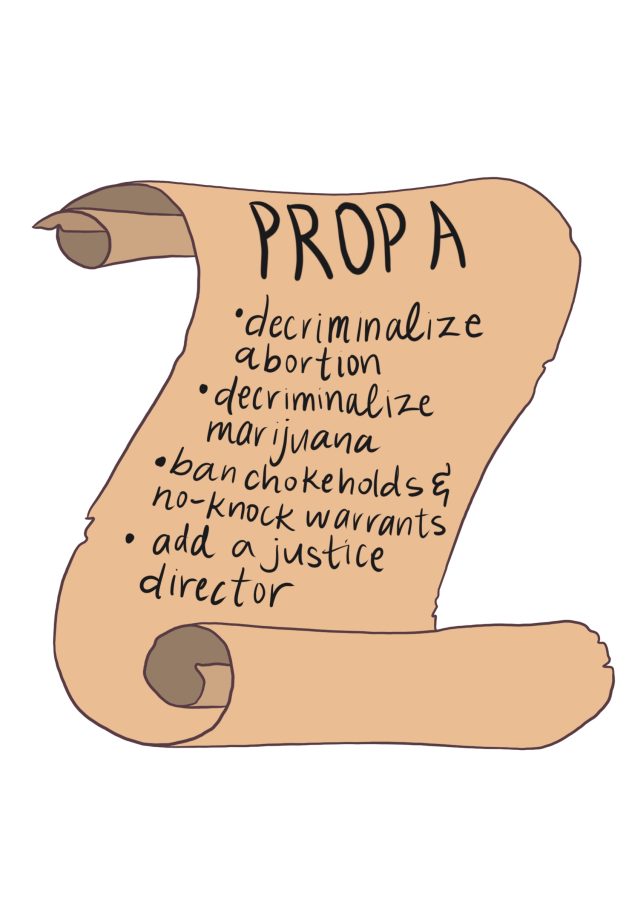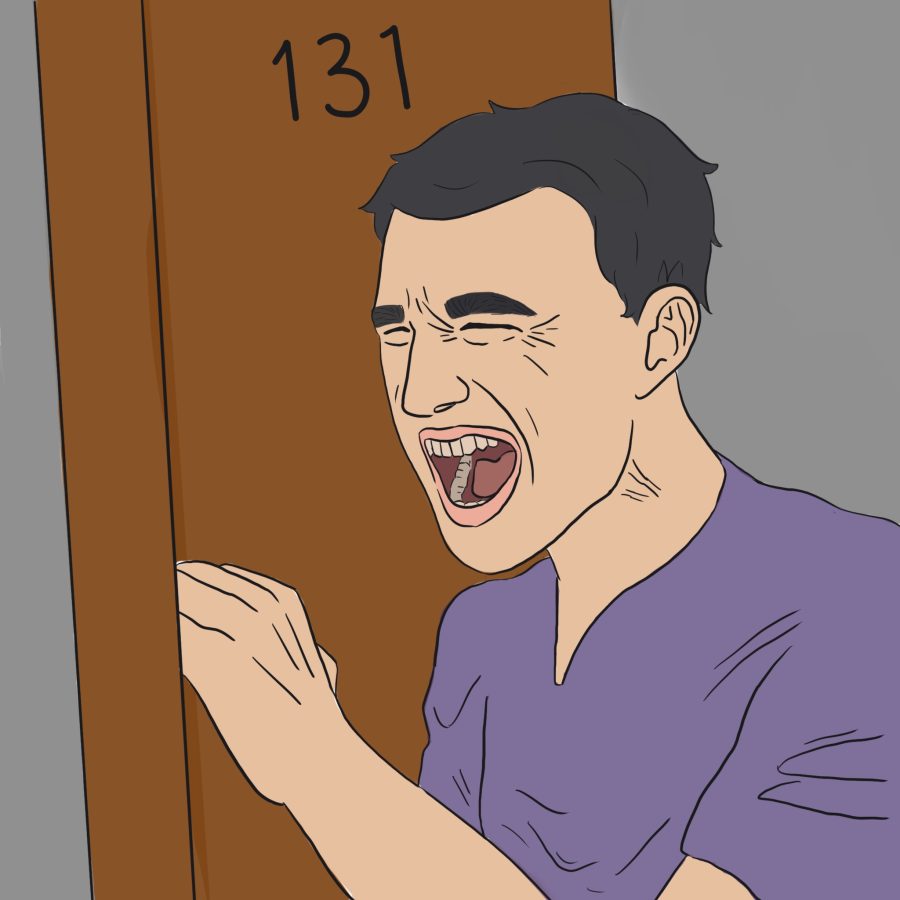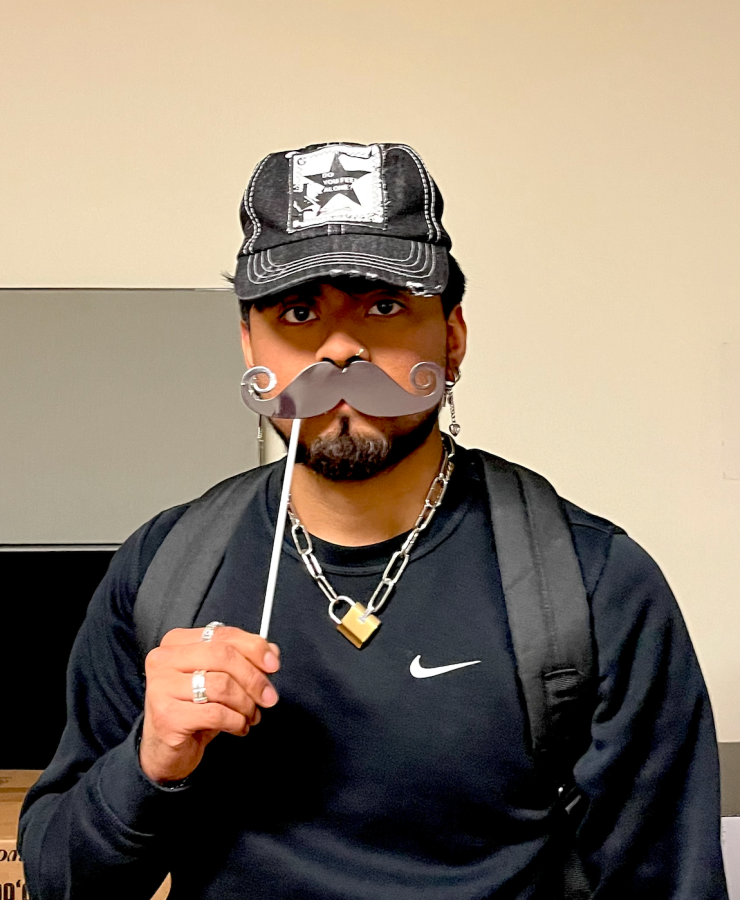Photo by Kate Nuelle
In order to integrate their stories into a show, the cast looked at the audition material to form the baseline of the show.
“We started to see some themes emerging, and we chose to run with those,” Youngerman said.
The show is based off of the personal experience of the actors, so it required a very different type of acting from the traditional form.
“I had to take the experiences I was seeing around me and elevate those. Instead of searching for them in a piece of text, I was searching for them in myself,” Youngerman said. “It took a different kind of energy because it was so vulnerable. Because you are confronting your own memories and experiences, and trying to connect with it in a way that you can reproduce on stage later on.”
A lot of work went into the show not only from the cast, but also the crew. “Cities of Memory” use various pieces of technology, from moving set pieces to porjectors to sound cues. One of the important pieces is the projections. The idea to project media came from the student lighting designers, one of whom was sophomore Scott Stegink.
“For our first production meeting for the show, we pitched it to Kyle, and Kyle liked it,” Stegink said. “Most of the images in the show are from the actors’ auditions. If there was something that we felt would fit, we would speak it. We had to figure out how we’re we going to make these projections make a difference.”
The projections were both prepared photos and videos as well as a live stream of what is happening onstage.
“Cole [the other student lighting designer] is operating the projectors,” Stegink said. “I am operating the live camera. I am moving it, zooming in and zooming out—all with a decade-old camcorder.”
Together, the cast and crew’s work on “Cities of Memory” ended up creating a technical array of image and sound, one meant to exhilarate the audience.
First-year Andrew Walker attended the show and said the performance affected them.
“It’s not a conventional show. It’s really powerful and really relatable for people, especially here at Trinity, where a lot of people have come from a lot of different cities, and this isn’t home for them,” Walker said.
The show has so many parts to it, so for anyone attending a performance, there could be an experience, line, image or monologue that hits home.
For Walker, these moments were a scene depicting a phone call between two people who used to live in the same city, and, later, a poem from the perspective of a city.
“As someone who lived in Central Asia for 10 years and has moved around a lot, the part about missing friends was really impactful for me,” Walker said. “[The poem] was a message that said, ‘Even if you don’t feel like you belong here, even if the city isn’t one you want to be in, you are making a mark on it, and there are memories here.’ That was really touching for me.”
The show continues its run at 7 p.m. on Thursday, at 8 p.m. on Friday, and its closing performance will be at 8 p.m. Saturday evening.

